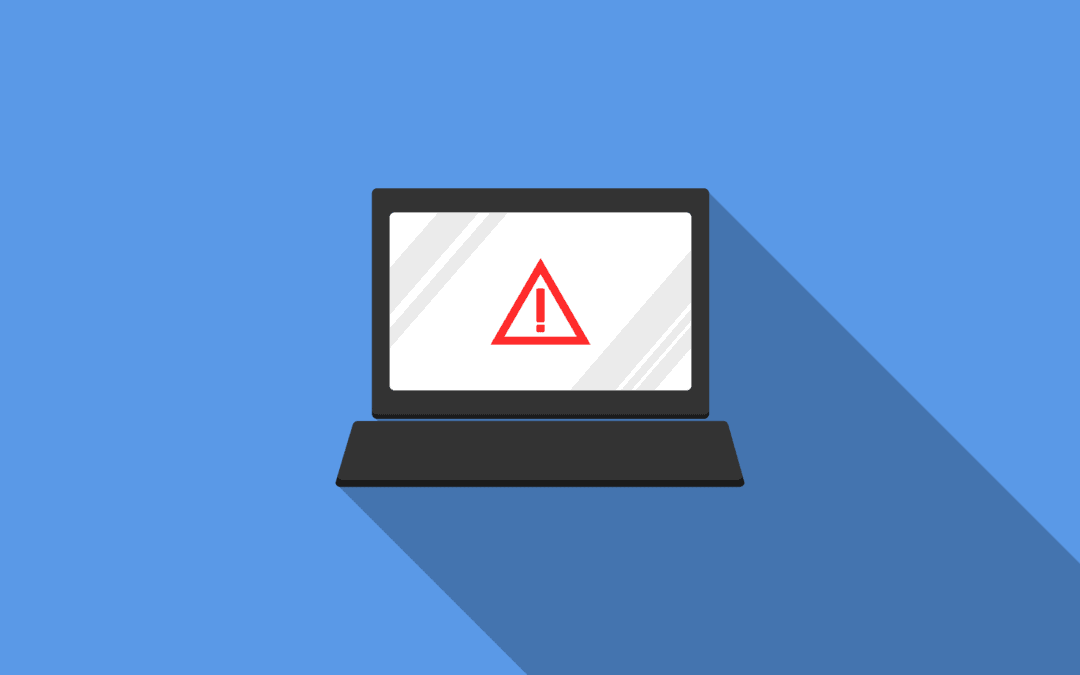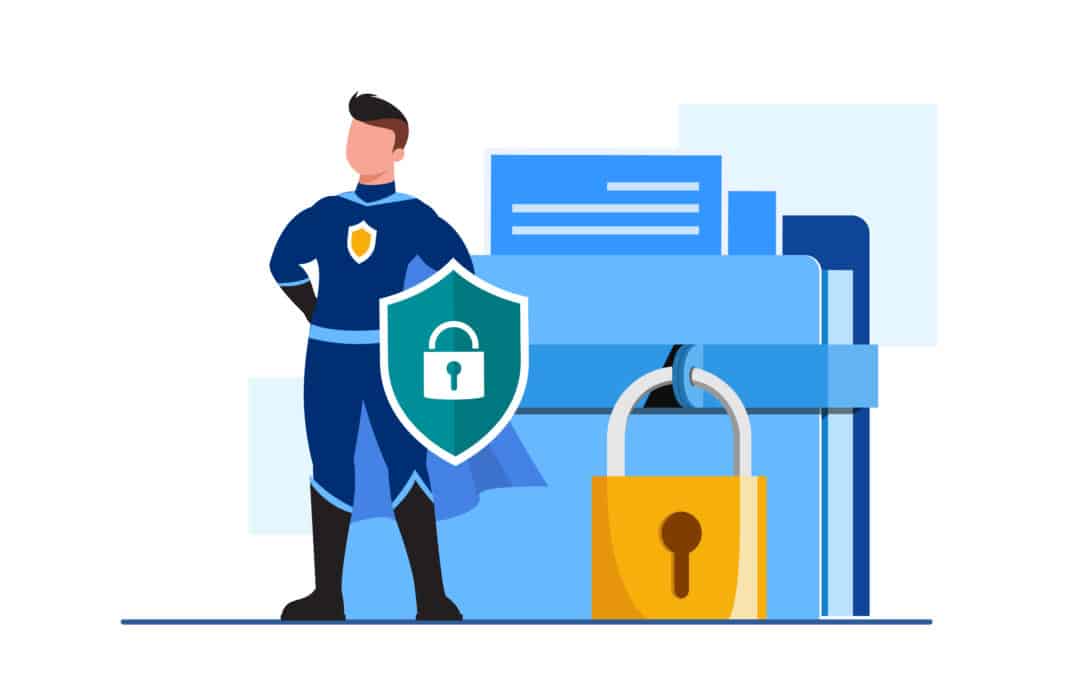You and your IT team may be leaving too much to chance.
Businesses that want to thrive in today’s economy can’t avoid using modern technology. Products and services like cloud computing, edge computing, and the Internet of Things are necessary for you and your team to survive.
The challenge, however, is that the more we rely on internet-connected devices, the greater our attack footprint is. This leaves your organization more vulnerable to cybersecurity attacks than ever before.
You’re going to find details on the 7 most common cybersecurity attack methods in the article below. We hope that by identifying these for you and your IT team, you’ll be in a better position to defend your business’ data and systems.
Read along with us as we equip you with the knowledge to stay safe in this modern world of cybersecurity.
1. Denial-of-Service (DoS) and Distributed-Denial-of-Service (DDoS) Attacks
A Denial-of-Service (DoS) attack works rather simply. Hackers will flood a website or server with an onslaught of traffic. The goal is to give the target too much traffic for it to handle. The hacker’s hope is that their flood of traffic will cause the website or server to crash.
A Distributed-Denial-of-Service (DDoS) attack works in a similar way but with a slight twist. DDoS attacks involve multiple devices to overload a website’s server. Hackers will infiltrate several devices and try to overload the victim’s server from multiple access points.
The DDoS attack alone won’t cause a cyber breach in your security. This tactic is only used to overload a business’ servers and create chaos. The attack itself will only cause major inconvenience and disruption to your day-to-day operations. If your business mission is sales-driven, this downtime can eat in to your profits as well.
Another reason these DDoS attacks are effective is that they serve as a distraction. While IT managers are busy “putting out the fire” created by a DDoS attack, hackers are free to pull off another, more dangerous infiltration of your system behind the scenes.
2. Man-in-the-Middle Attack (MitM)
A man-in-the-middle attack occurs when a hacker compromises a router or wireless access point, allowing them to insert themselves in the middle of network communications and view the traffic being passed back and forth. Once they have this posture established, they can even redirect you to fake versions of webpages and steal your credentials.
A common method of doing this is by setting up a fake wireless hotspot in a popular area, such as a coffee shop or airport. With a name that looks like it is a legitimate network, users may connect. One mistake is all it takes to fall victim to this kind of attack.
The best protection against these types of attacks is multi-pronged; utilize deep packet inspection and threat detection for devices inside your corporate network, provide remote employees a VPN to use when working remotely, and ensure your employees are trained appropriately so that they can keep themselves protected. The use of end-to-end encryption via Transport Layer Security (TLS) is also important to protect information that may be captured.
3. Password Attack
Passwords are easier for hackers to access than you might think. This is why it’s vitally important to make your password something difficult – ideally, your password is a totally random set of numbers, characters, and symbols that is at least 16 characters long, Each account you use should have its own unique password as well.
Making your password too easy is like a “welcome mat” for hackers to access your system. Even if you think your password is difficult to figure out, you may still be in trouble.
This is because most people use the same password for multiple accounts. Once a hacker can figure out a password and access one account, they’ll be able to access several more.
This can make it easy for hackers to access your systems. If someone working for you uses the same password at home and work, they may be inviting hackers into your systems. This is especially true for cloud-connected systems, as these are available to anyone with an internet connection.
4. Mobile Device Attacks
Organizations around the globe are moving to make their teams more mobile-friendly. The result is that productivity and innovation have increased significantly.
The challenge, however, is that this framework makes companies more reliant on remote work and cloud applications. These platforms increase your IT team’s device footprint, increasing exposure to cyberattacks.
An example is the Pegasus attack launched recently on Apple iOS. Pegasus was able to access millions of iPhones by sending phishing text messages to users of iOS devices. The text contained a specially crafted GIF that installed malware automatically on these devices.
This spyware attack allowed hackers to infiltrate users’ microphones, cameras, Whatsapp, Gmail, and other personal applications.
Mobile attacks are a problem for multiple reasons. As we mentioned above, mobile devices are more popular now than ever before. But, also, mobile devices are vulnerable to any number of the attacks mentioned in this article.
Strict mobile device and mobile data management of your employees’ devices is the best way to prevent these attacks in your organization.
5. Malware Attacks
Malware has always been popular, and continues to be used by cyber criminals everywhere. This type of virus can come in a variety of forms. There are trojan viruses, stealth viruses, macro infectors, ransomware, logic bombs, and worms. Those are just a few of the types of malware that can infiltrate your system.
Protecting against these attacks includes not only detecting them, but also responding appropriately. If you don’t have a dedicated security staff on your team, it can be difficult to know what to do when you get an alert.
6. Rootkits
Rootkits are installed inside legitimate software, where they can gain remote control and administration-level access over a system. The attacker then uses the rootkit to steal passwords, keys, credentials, and retrieve critical data.
Since rootkits hide in legitimate software, once you allow the program to make changes in your OS, the rootkit installs itself in the system (host, computer, server, etc.) and remains dormant until the attacker activates it or it’s triggered through a persistence mechanism, such as a scheduled task. Rootkits are commonly spread through email attachments and downloads from insecure websites.
7. Phishing
Phishing is one of the most popular methods of hacking cybersecurity systems. This is because it uses email as an entry point. And, with 4.3 billion active email users around the globe today, hackers have no shortage of entry points.
These emails will usually ask you to click a link or download an attachment. This is the hacker’s way of getting into your system. Businesses need to be especially careful of phishing attacks.
Phishing attacks have become increasingly sophisticated and convincing; it’s easy for someone to be tricked in to clicking a link or downloading a file that contains malware. As a result of one little mistake, your whole network could wind up compromised.
Employee training is the best way to prevent phishing attacks. Train employees on what to look for. It may also be helpful to have them adopt a “when in doubt, don’t click” policy.
Be Prepared for Cybersecurity Attacks in 2022
Our new digital age gives hackers more opportunities than ever for cybersecurity attacks. Businesses need to be prepared to protect their systems in every way possible.
For more information on what types of attacks to expect, or how you can protect against them, contact the Ihloom team today.












0 Comments